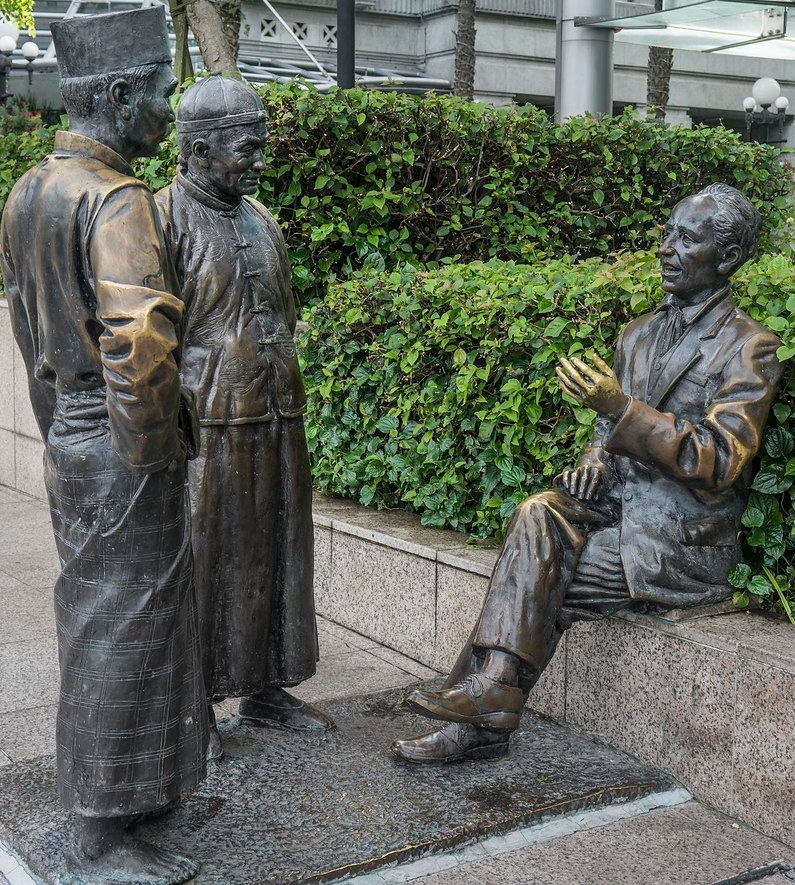The work of an editor, whether they are a developmental editor working directly with an author’s concepts or a copyeditor catching typos and malaprops, is never simple. As the unofficial keepers of the language in which they edit, they have more than just style guides and editors in chief to answer to on any given project. Editors must consider and balance the feelings of two groups of people when suggesting language changes: firstly, they must consider how the reader will react to the language of the original manuscript; and secondly, they must consider how the author will respond to the suggested edits.
One issue that editors and authors may encounter when communicating about editorial changes is the difference between “apologetic” and “authoritative” language. According to Ashley Nilson in her Transmit Culture lecture, “Sorry, Not Sorry: Using Language to Maintain Authority,” apologetic language is when one uses words that minimize their stance in order to appease whomever they’re speaking to. An editor, for instance, may weaken their suggested edits by prefacing them with phrases like “Sorry, but could you…” or “I just think it might be better if…” This might convince an author that these suggestions could be ignored. By the same token, an author might revise a word singled out for editing with their own version of apologetic language: sterilizing their authorial voice. This is most likely to happen after a sensitivity read, when an author who is unsure of how to make their prose “politically correct” chooses to use undescriptive and generic language in the hopes of averting future edits. However, it is possible to delve too deep into authoritative language as well: an editor who is too aggressive in demanding that a word be omitted or replaced may alienate an author to the point where they latch onto that word or even pick a more inflammatory substitution in retaliation. Clearly, a balance must be struck between authoritative and apologetic communication between author and editor.
Good communication begets good communication: an author and editor who communicate early in the developmental process are more likely to accept one another’s input down the line. Therefore, setting the tone of the editing process with a consultation meeting is an excellent way to get a feel for the author’s voice and what kind of audience they intend to write to. In addition, constructive criticism can be active, rather than purely apologetic or purely authoritative: giving two to three suggested substitutions for a given word can make an author more receptive to the revision than they would be if they were merely told that the original word was problematic. This is especially true if the suggested edits capture the voice of the author as well as—or better than—the original phrase. Finally, an editor can stand to take one final piece of advice from Nilson’s lecture: instead of prefacing their individual edits with “I’m sorry,” an editor can make liberal use of the phrase “thank you” in their editorial note. They can say “thank you for presenting me with this manuscript,” “thank you for working with me to make this manuscript the best it can be,” and most importantly, “thank you for trusting me with your art.” Phrases like these can make the editing process go more smoothly, all with minimal page space.

